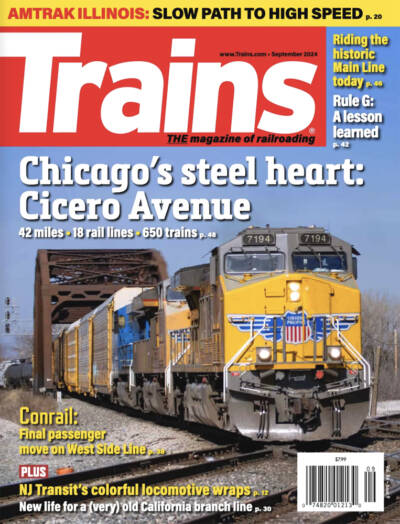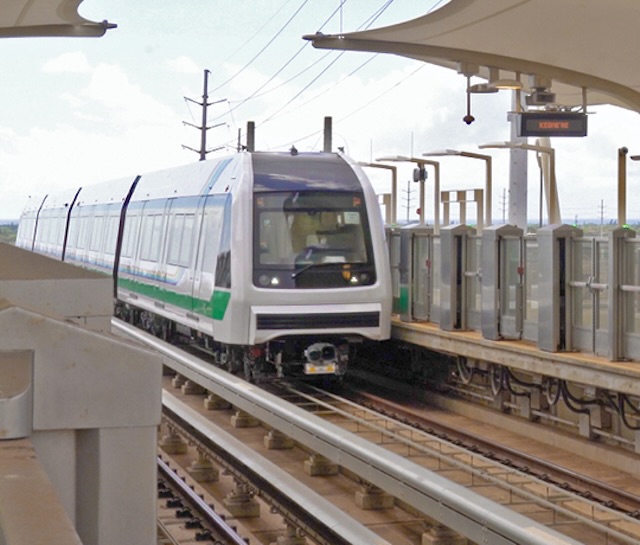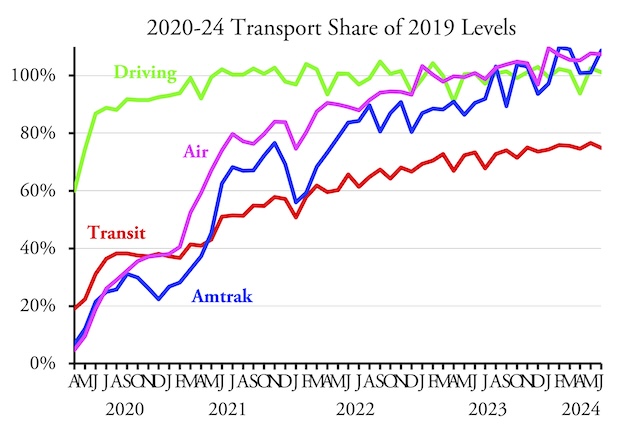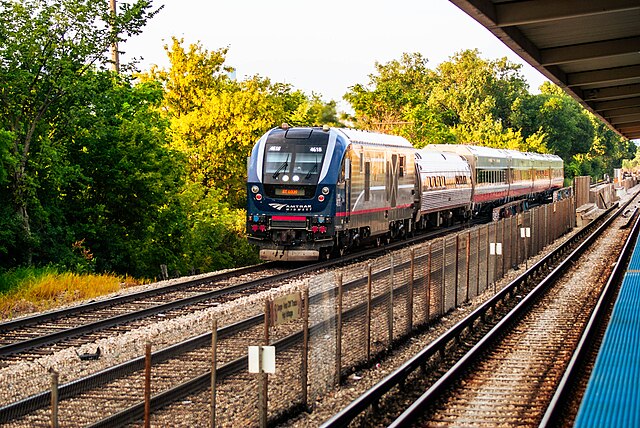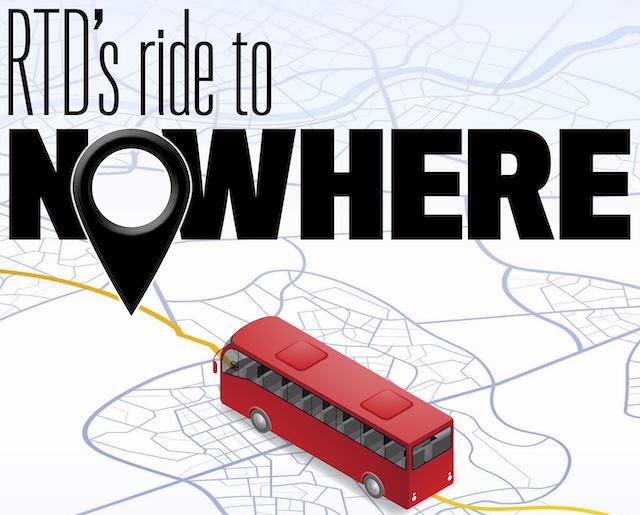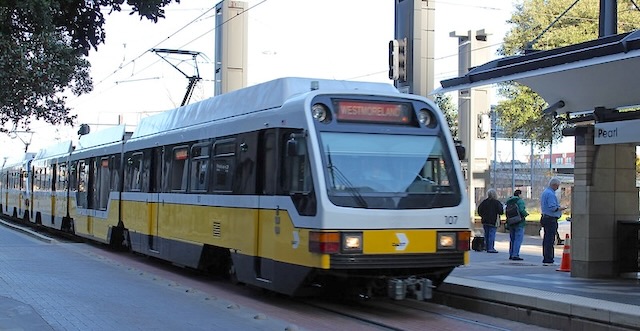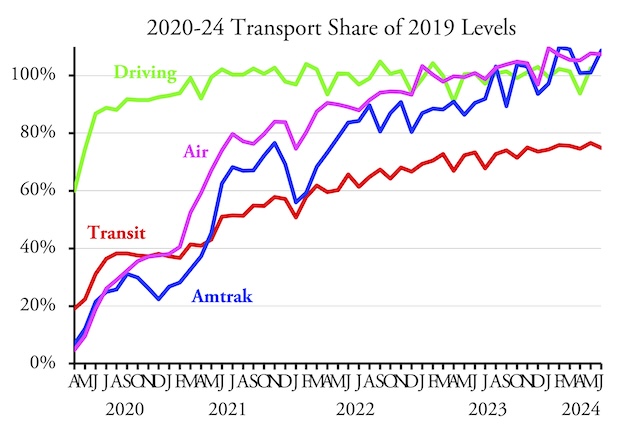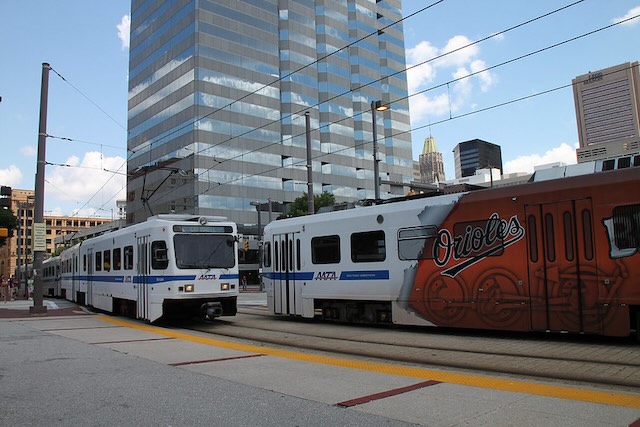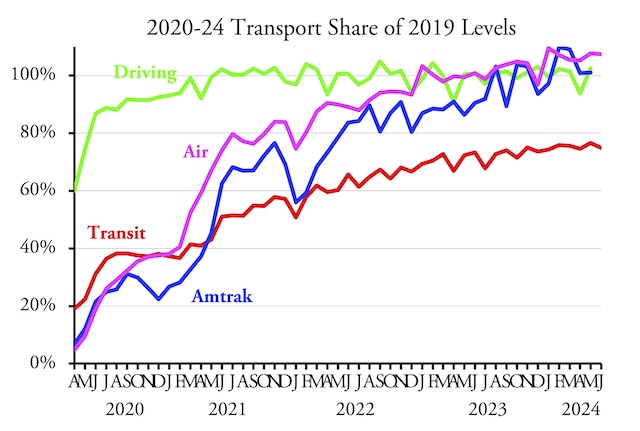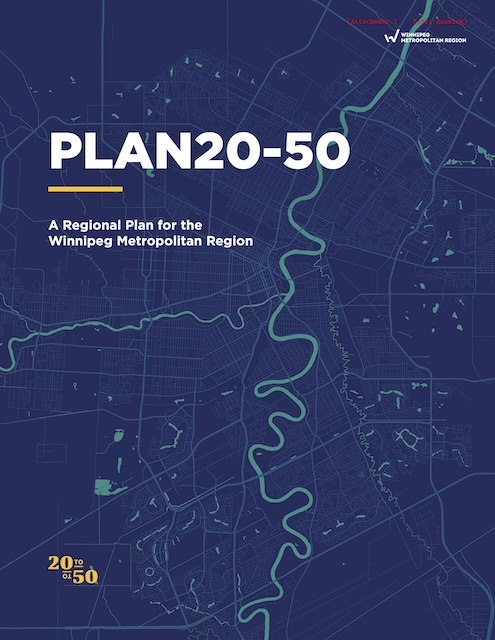Earlier this week, I commented on a Trains magazine article about Illinois spending $2 billion and 14 years to increase average passenger train speeds between Chicago and St. Louis by 5 miles per hour. This was done by increasing top speeds to 110 mph, but one of things I wrote was that “trains reach that speed only for a few short segments.”
Greg Richardson, the author of the Trains article, wrote to correct me on this point, saying that trains are able to travel at 110 mph for 148 miles or 52 percent of the 284 miles in that corridor. That’s less than the 92 percent that was promised but certainly more than “a few short segments.” I apologize for the exaggeration. Continue reading

